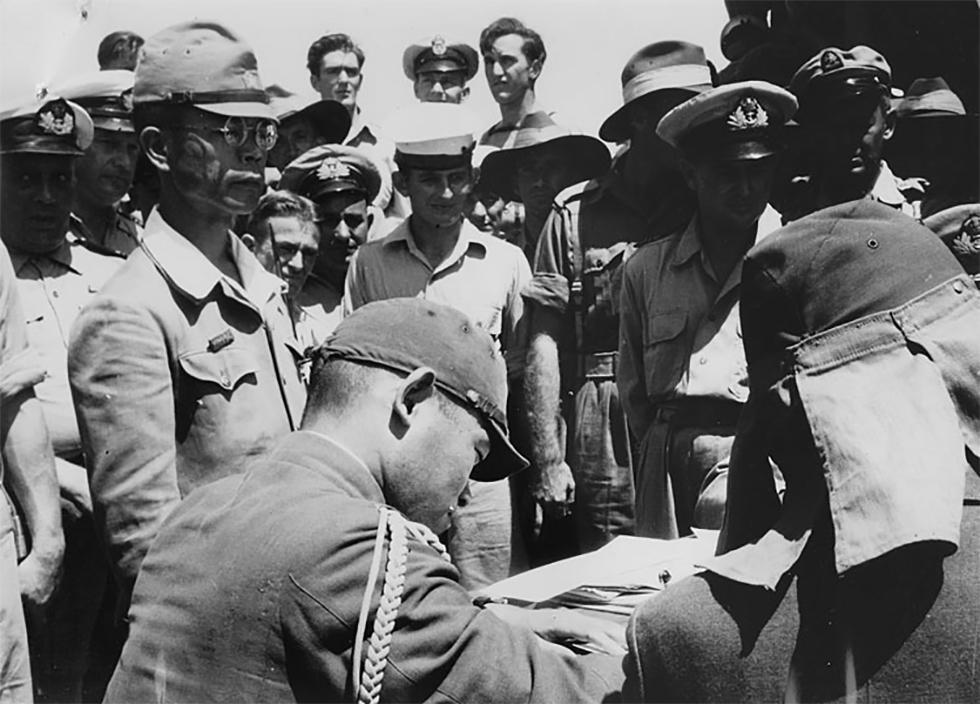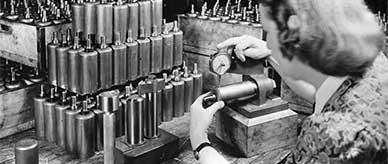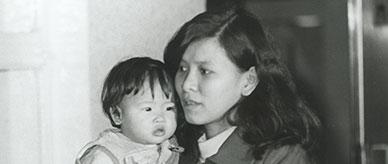


About this record
This is a black-and-white photograph taken on 11 September 1945 showing Major Minoru Shoji, the Chief Of Staff of Colonel Kaida Tatsuichi of the Imperial Japanese Army, signing the Instrument of Surrender during the surrender ceremony aboard HMAS Moresby at sea off Timor. Colonel Kaida Tatsuichi, General Officer commanding Japanese forces in the area, is signing at the same time. Tatsuichi is seated to Shoji's right with his back directly to the camera.
Educational value
- This surrender marks the formal capitulation of all Japanese forces on the island of Timor. Initially landing on the island during the evening of 19 February 1942, four to five battalions of Japanese fought a campaign against Australian and local forces until February 1943 when the last Australians were evacuated. The whole island then remained in Japanese hands until the surrender. Between 40,000 and 70,000 Timorese are thought to have died in the campaign.
- The details of the surrender were arranged between the representatives of Brigadier Lewis Dyke, the commander of Timor Force that had landed in Timor with a detachment of five Australian Navy corvettes, and Colonel Kaida Tatsuichi. As his chief of staff, Major Minoru Shoji would have been involved in the negotiations. The place arranged for the surrender was on board the flagship of the Allies’ naval detachment in Koepang Harbour.
- As illustrated, the surrender document was signed at a table on the quarterdeck of HMAS Moresby, the usual place for such ceremonies on board ship. However, rather unusually, Colonel Kaida Tatsuichi is reported to have retained his sword until after signing the surrender, holding it between his knees as he listened to the instructions being read out to him. After the surrender was signed Tatsuichi and his officers relinquished their swords.
- This was the only official surrender on Timor in spite of the island being divided into two separate sections, the result of centuries of struggle between the Portuguese and the Dutch. Before the Japanese invasion West Timor was held by the Dutch and East Timor by the Portuguese. After the surrender on 11 September Brigadier Dyke travelled to Dili in Portuguese Timor on 23 September to announce the Japanese surrender to the Portuguese governor.
- The surrender depicted here was not the main Japanese surrender ceremony. On 19 August 1945 General Douglas MacArthur had ordered that there were to be no surrender documents signed in the field until after the main Japanese surrender ceremony, which took place on 2 September aboard the USS Missouri in Tokyo Bay. The ceremony seen here was one of the subsequent smaller surrender ceremonies that were held in South-East Asia and the Pacific.
Acknowledgments
Learning resource text © Education Services Australia Limited and the National Archives of Australia 2010.
Related themes
Need help with your research?
Learn how to interpret primary sources, use our collection and more.



